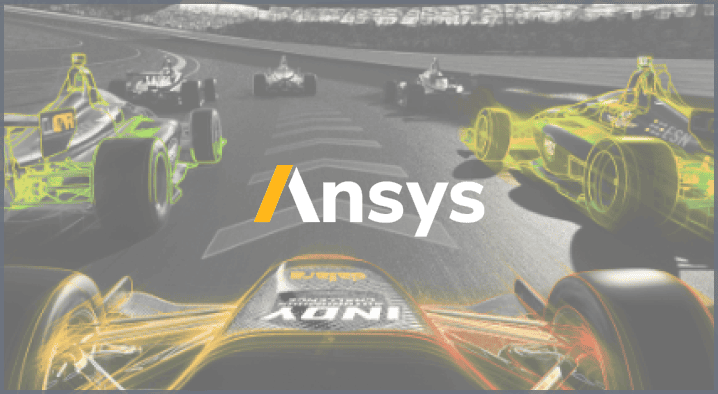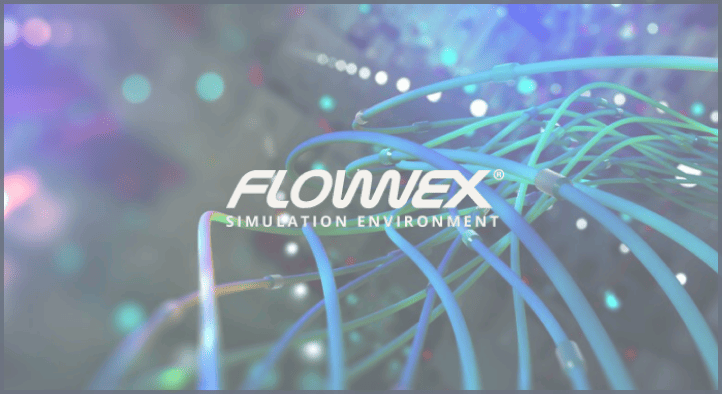3D printing is commonly used to build prototype parts for the detection of issues related to form, fit and function.
However, 3D printed prototypes cannot provide a complete assessment of an...
Join our 1,770 subscribers
04/20/2023
More Info



Most of our customers receive their support over the phone or via email. Customers who are close by can also set up a face-to-face appointment with one of our engineers.
For most locations, simply contact us: